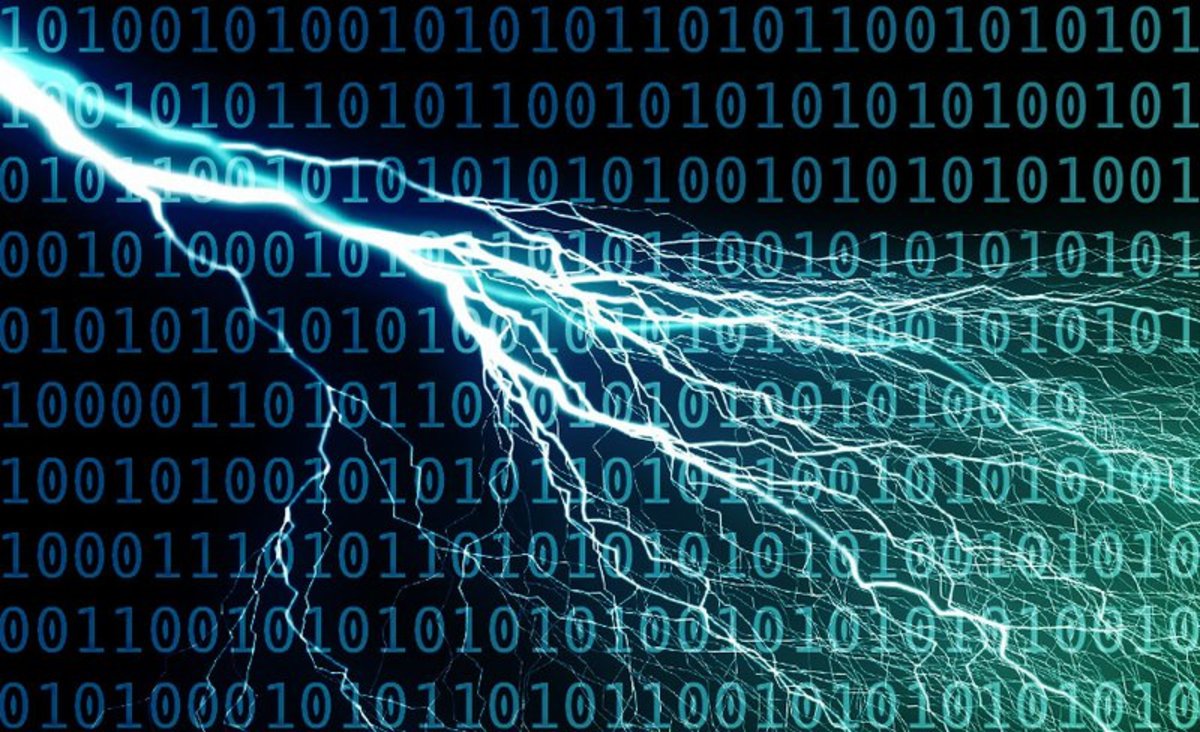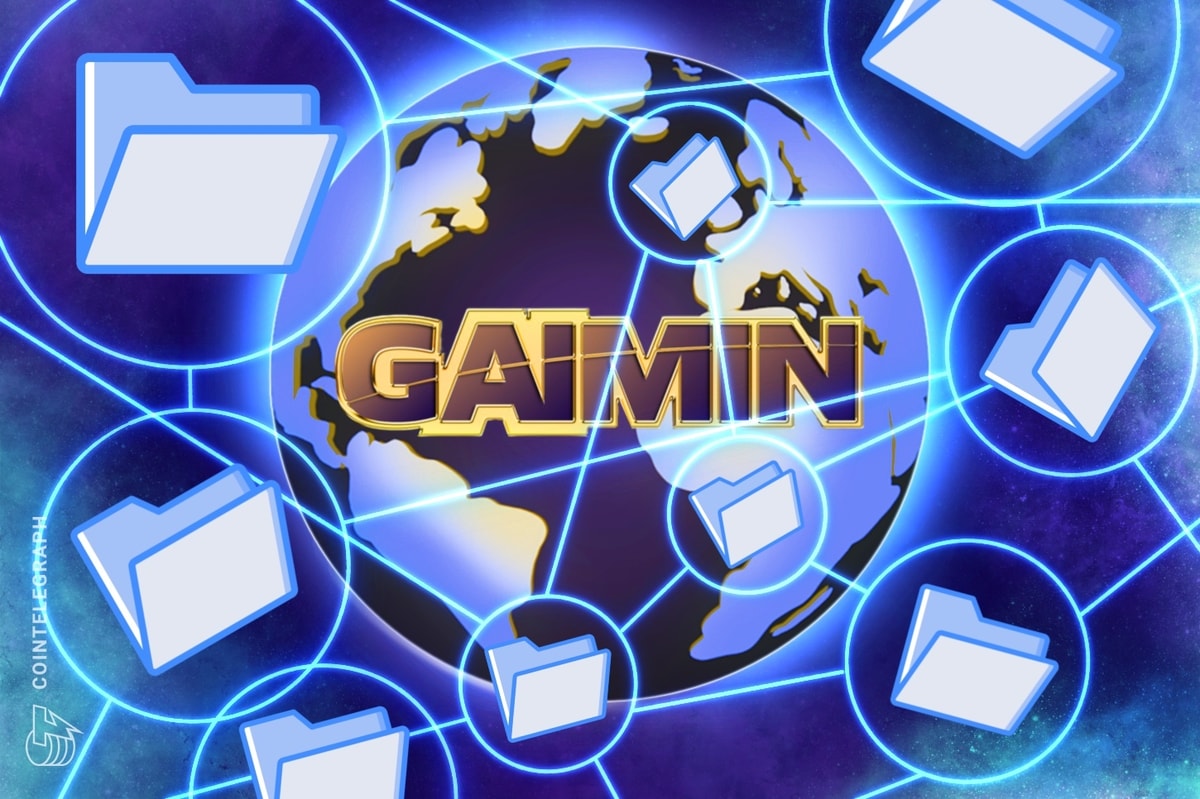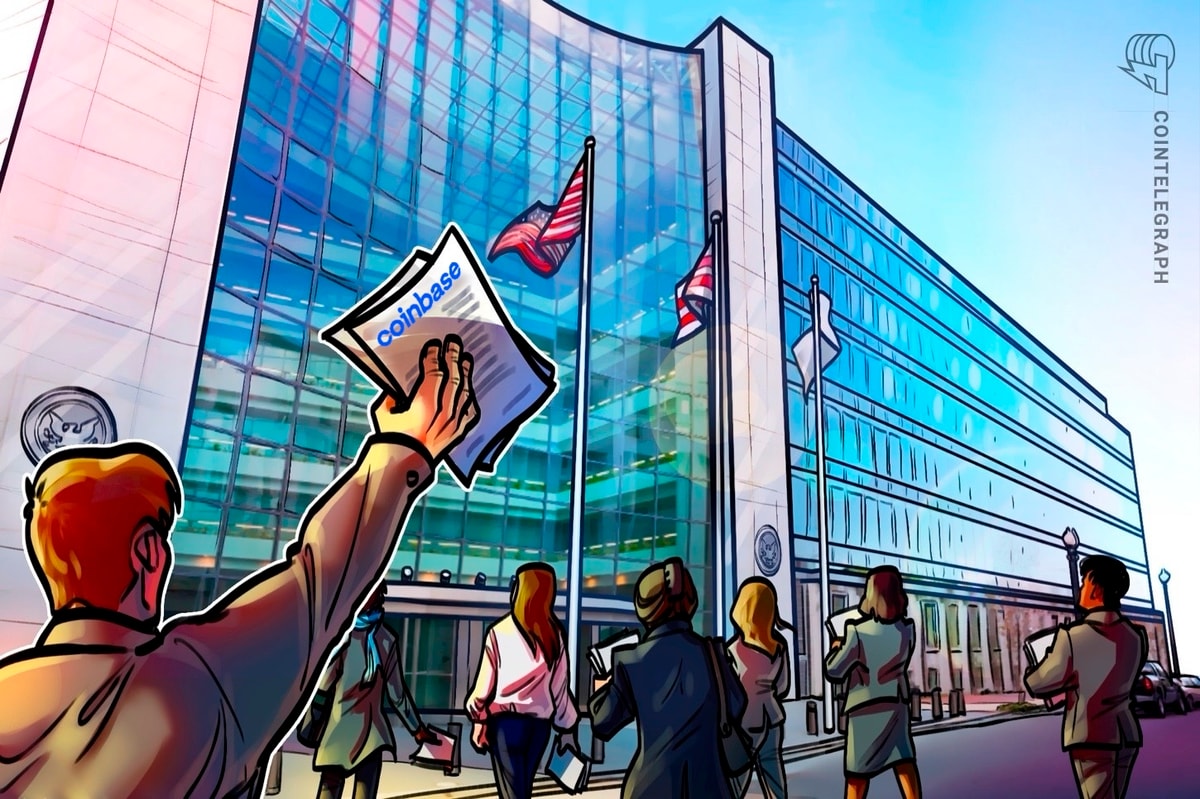
For the vast majority of Bitcoin Core contributors, the Lightning Network is viewed as the best option for scaling Bitcoin to many millions of new users. But the system has not yet been implemented on the Bitcoin blockchain, which has left many to wonder whether it is wise to put so much hope and reliance behind an untested solution.
At a recent event at the Coinbase offices in San Francisco, Lightning Network creators Joseph Poon and Tadge Dryja gave a presentation on their design for scaling Bitcoin via a generalized network for payment channels. During their talk, Dryja and Poon responded to concerns from the audience about how the Lightning Network may eventually become somewhat centralized via so-called supernodes.
Some Nodes Will Be Better-Connected Than Others
Coinbase co-founder Fred Ehrsam brought up the issue of supernodes during the Lightning Network presentation, and Poon responded to this concern, stating:
“I think there will be [some nodes] more-connected than others. It’s important to make the nodes non-identifiable and easily interchangeable. When it comes to highly-connected nodes, it’s not infinitely cheap. It’s not going to be supernodes similar to BitTorrent or Skype peers (the way Skype worked five or ten years ago), simply because there are costs involved.”
The main cost Poon was referring to here was “locking up” Bitcoin for the purposes of routing payments. On the consumer side, Dryja and Poon have noted that locking up money is a bit of a misnomer because users can still spend that money on the Lightning Network. Having said that, there is a time-value component for those who wish to make money via payment routing.
Although many Bitcoin holders are hoping to make a return on their holdings via the Lightning Network, Dryja and Poon have also explained that the network may not be the gold rush that some were expecting. The duo believes fees on the network will be practically zero.
Poon: There’s No Advantage for Supernodes
The main reason Poon is not too worried about the potential existence of well-connected nodes is that there isn’t much of a financial incentive to create those supernodes. He explained, “It’s not that it’s not possible. It’s just, what do you get out of it?”
Poon expounded on this point:
“If you have infinite money and want to connect to everyone, then yeah, that can happen, but there’s no real advantage for you, as a node, to do that. That’s why I’m actually not that concerned about a node topology that’s centralizing ‒ because there’s no network effect that benefits you. Because they’re relatively interchangeable, so if you start extracting a fair amount of rent on it, they’ll just go with someone else.”
Poon did mention that well-connected nodes on the network will likely be used for smaller micropayments. This is due to the lower upfront capital costs associated with routing payments valued at around a penny to those that are for something like a cup of coffee.
Dryja added that there may be advantages for direct payment channels between two counterparties, but there won’t be much difference between payments that use two versus three or four hops.
Further Analysis from BitGo’s Jameson Lopp
One individual who has been thinking and writing about the technical challenges of the Lightning Network quite a bit lately is BitGo engineer and Statoshi.info creator Jameson Lopp. Bitcoin Magazine reached out to Lopp for his perspective on Poon’s comments. In regard to the incentives (or lack thereof) to run a supernode, Lopp stated:
“If you assume that routing fees are positive (because they can be negative in certain situations) then there is an incentive to run a highly connected routing node in order to extract more fees. On the other hand, there is a disincentive to run a popular routing node because it requires keeping the private keys ‘exposed’ on a running machine that is connected to the Internet, which is fairly risky.”
Lopp added, “It remains to be seen where the equilibrium will settle between these opposing dynamics.”
Lopp also noted that fears related to the Lightning Network need to be based on more than just centralization, as it’s more about the risks associated with a particular type of centralization that could be problematic. He noted, “The problem with any centralization argument is that you first need to explain the potential outcomes you're fearing.”
Lopp went on to explain that the possibly centralized aspect of the Lightning Network that worries him is the topological centralization of the node network because it would make the network more fragile and prone to collapse under stressful situations.
Lopp explained that a few entities routing the majority of the payments on the network may not be as much of an issue if those entities are running many nodes. However, he continued:
“There would still be a concern that those few entities could choose to turn off all of their nodes, wreaking havoc until such time as Lightning Network users could re-establish new channels and ‘heal’ the network via on-chain transactions.”
Lopp also noted possible censorship and privacy issues related to centralization among a small number of entities:
“Centralization among a small number of entities would also pose privacy and censorship issues, making it harder to route around uncooperative entities or those known to collect data for the purposes of deanonymization.”
Blockstream’s Rusty Russell, who is working on his own implementation of the Lightning Network, has noted his belief that the layer-2 protocol will likely feature a Tor-esque arms race between those who wish to preserve privacy and those who wish to abolish it. Russell and other Lightning Network developers are also working on Tor-style onion routing for the network.
Lopp told Bitcoin Magazine that many of the fears about the Lightning Network can only manifest in conjunction with mempool backlogs, which would make it difficult to re-establish a channel on the Lightning Network.
Coinbase Is Concerned About Centralization Risks
Representatives from Coinbase were rather concerned with the potential centralization risks associated with the Lightning Network during Dryja and Poon’s presentation. The Lightning Network creators were highly appreciative of this acknowledgement of the importance of decentralization from the Bitcoin exchange.
At least one Coinbase representative mentioned that the company is not necessarily looking to make money off the Lightning Network. For now, it simply views it as a way to improve the products and services it already offers its users.










